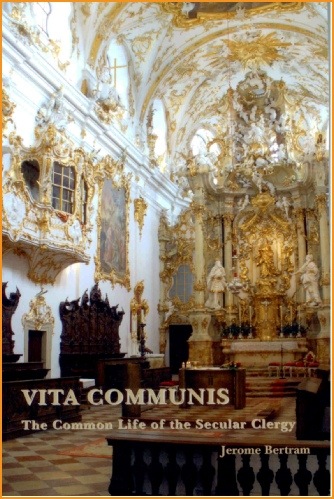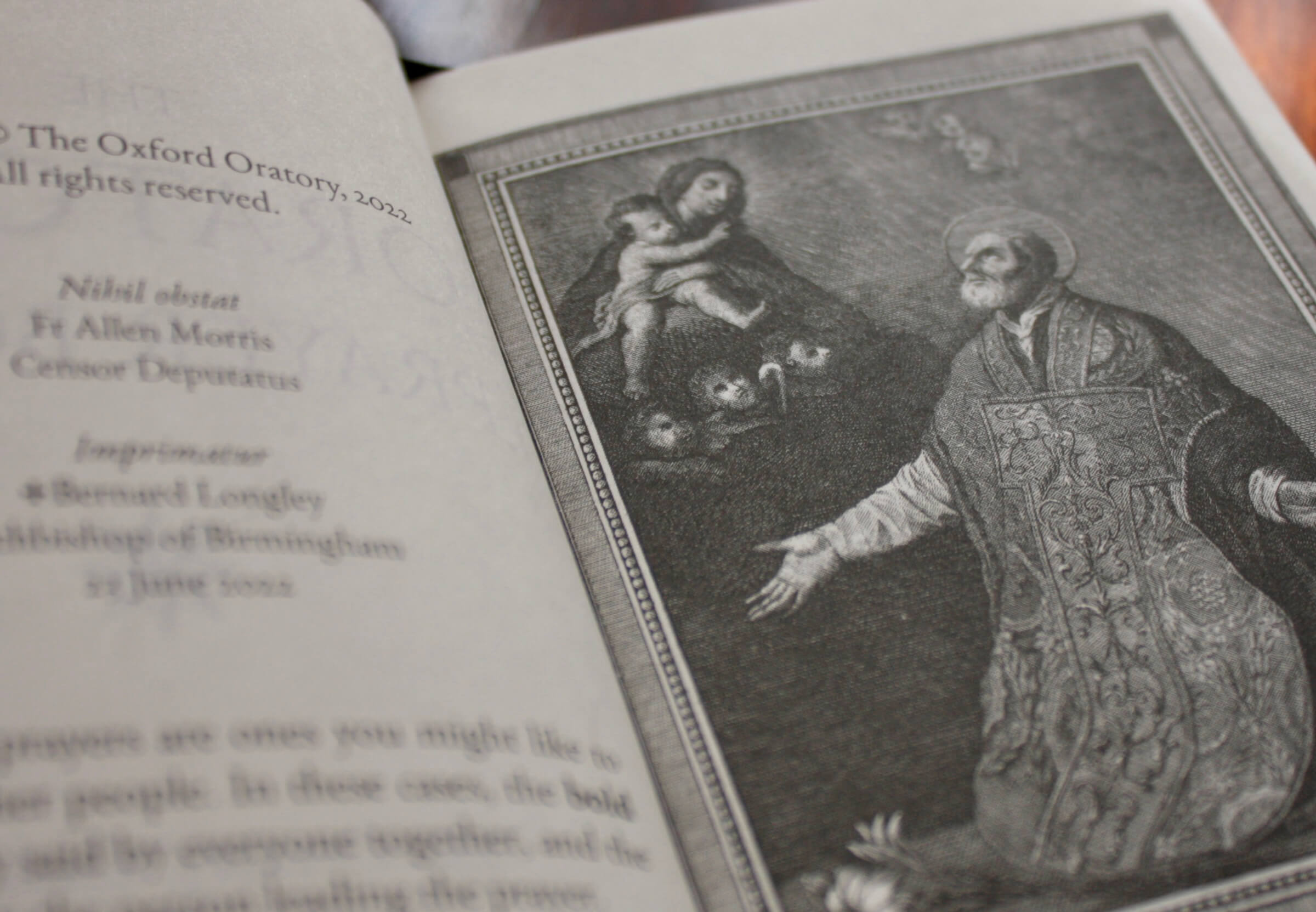Vita Communis: The Common Life of the Secular Clergy
Fr Jerome Bertram

Vita Communis — ‘the common life’ — is the term used for community life among priests and other clerics, as opposed to monks and friars. While monasticism is familiar, few are aware that pastoral (‘secular’) priests have lived in communities for most of the Church's history. Many people have suggested that they could do so again, and that this might help with some of the problems facing solitary priests in the modern world. By exploring what was done in the past, we can suggest what might work in the future, learning from the successes as well as the failures of previous priestly communities. The story of secular canons in the Western Church, as opposed to those who were canons in religious orders, has often been told in terms of their contribution to architecture, literature, and the apostolate. Here, however, the author, building on his earlier work devoted to the medieval rules governing the secular common life, has provided a narrative of the essential shape of the canonical life from its origins down to the present time, and this for a general readership. He thus demonstrates the persistent desire of many secular clergy to live in community. At a time when priests are fewer and more isolated, this work will provide useful models for developing structures of mutual support for the secular clergy of our time. —Abbot Geoffrey Scott

